The 10 Biggest Apple News Stories Of 2019 (So Far)
From the launch of new hardware, to the settlement with Qualcomm, to the drop in iPhone sales, here are the top Apple stories from the first half of the year.
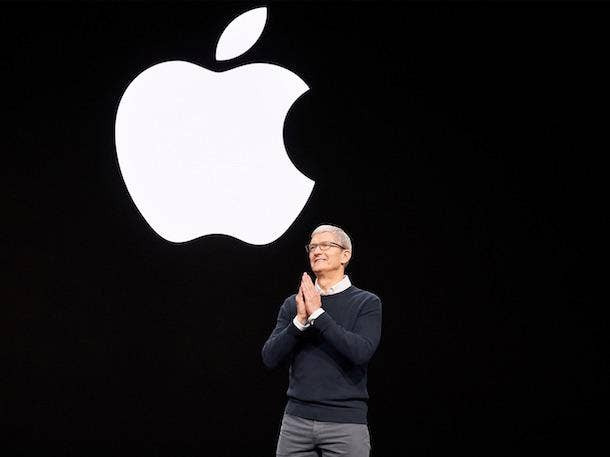
Apple's Year So Far
Apple got off to a rocky start in 2019 with the company disclosing a surprise drop in iPhone sales on the second day of the year. Apple's response to the slowdown in its biggest revenue stream would dominate the first half of the year, with the Cupertino, Calif.-based company doubling down in its other hardware lines (including Mac and iPad); introducing a major push for new services; and laying the groundwork for a 5G iPhone by next year (via a legal settlement with chip maker Qualcomm).
Apple has also offered more signals that it's serious about the business market, including through expanded partnerships with tech industry and channel heavyweights. While the days of eye-popping growth for the iPhone appear to be over, Apple is showing a willingness to get more aggressive in going after non-iPhone market opportunities. And that may ultimately mean a more business-friendly Apple in the long run.
What follows is our roundup of the 10 biggest Apple news stories of 2019 so far.
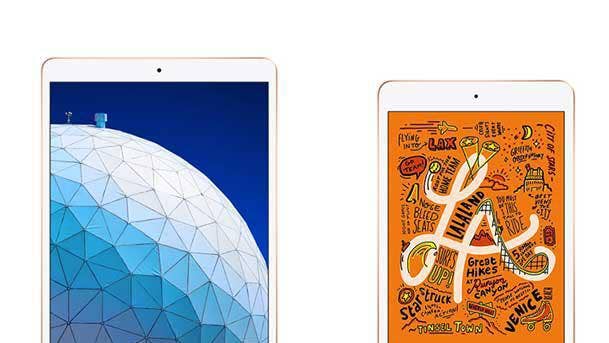
No. 10: iPad Updates
For Apple's iPad line, 2019 is looking to be a banner year. Apple's product refresh in March featured an emphasis on its iPad lineup, with refreshed versions of the iPad Mini and iPad Air. Both tablets were due for an upgrade: it had been several years since Apple had put out updates to either of the iPads. (Many believed that the two products might never see another refresh, in fact.) With the fifth-gen iPad Mini and the third-gen iPad Air, Apple has brought a focus on performance and usability enhancements. Key upgrades include the addition of support for the Apple Pencil stylus for both tablets, as well as the inclusion of the six-core A12 Bionic chip.
Meanwhile, Apple announced in June that it's splitting off the iPad operating system from the iPhone, with the introduction of iPadOS. The operating system will be meant to take advantage of the larger form factor on the iPad in numerous ways—including with enhanced split-view multi-window capabilities, and through providing the desktop versions of websites in Safari. Apple will also roll out new gestures as part of iPadOS, including for navigating and text editing. Apple plans to make iPadOS available in the fall.
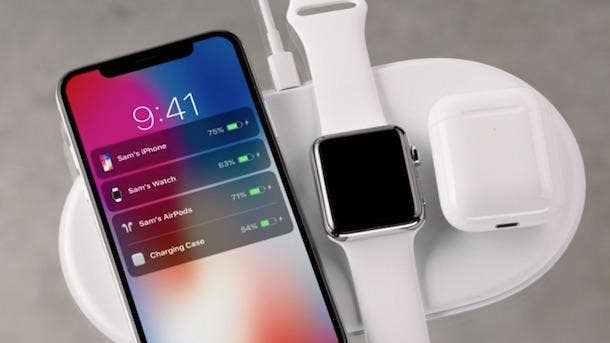
No. 9: AirPower Canceled
In March, Apple scrapped development of the AirPower wireless charging mat, following a lengthy delay of the product. The AirPower mat was originally announced in September 2017 alongside new products including the iPhone X. AirPower—which was supposed to be capable of charging multiple devices at once—was initially targeted by Apple for a release in 2018. Numerous Apple events came and went without the AirPower materializing. Apple "concluded AirPower will not achieve our high standards," said Dan Riccio, senior vice president of hardware engineering at Apple, in a statement. Images of the AirPower disclosed by Apple showed an oval-shaped charging mat large enough to fit an iPhone, Apple Watch and AirPods. The AirPower would have relied on Qi wireless charging, the industry-standard inductive wireless charging technology, Apple said. "The whole thing is very odd, and maybe the tip of the iceberg of issues in Apple's product teams," said one executive at a solution provider partner of Apple, who asked to not be identified.
With a major push into services, "I'm wondering when they will get their product glory days back in action," the solution provider executive said. "They should have the cash to do so."
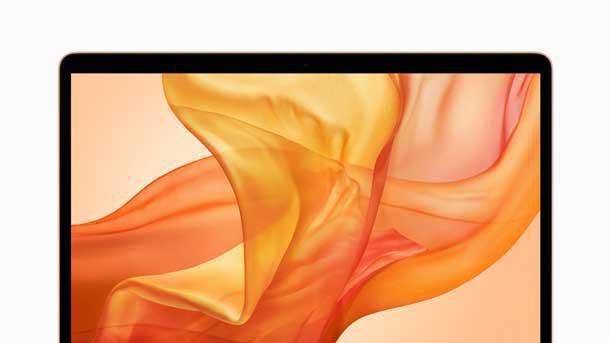
No. 8: Chip Aspirations
Apple has a long history of designing chips for its devices, and numerous signs suggest those aspirations are growing. Reports have indicated for more than a year that Apple is working to develop its own processors for its Mac lineup, which would displace Intel processors. In February, Axios reported hearing both from Intel officials and developers that this move is expected as early as next year. Then in May, Apple hired a veteran from chip designer Arm, potentially as part of the Mac chip design project within Apple.
Meanwhile, the company also appears to be gearing up to do its own modem development for the iPhone. In February, Apple reportedly shifted modem engineering from its supply chain unit into its own hardware division. And, recent reports said that the company is mulling the acquisition of part of Intel's modem business, potentially to accelerate these efforts. "I believe that ultimately, Apple wants to develop its own modems to reduce its reliance on other companies, integrate into other devices and theoretically lower costs," said Patrick Moorhead, president and principal analyst at Moor Insights and Strategy, in an email to CRN.
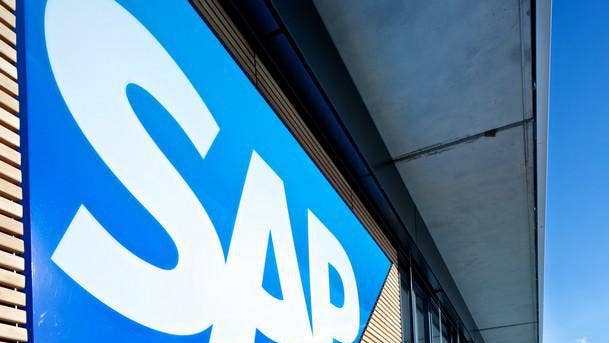
No. 7: B2B Push
The first half of 2019 has seen new signs of Apple's growing interest in business customers. In January, Apple and CompuCom Systems announced the launch of a Device-as-a-Service (DaaS) offering for Apple hardware. Then in February, Apple's partnership with HP Inc. saw an expansion, through enhancements to HP DaaS such as the addition of predictive maintenance for Macs.
In May, Apple went deeper in its alliance with SAP with a number of expansions around iOS and macOS, including the launch of additional SAP apps that are native to the two platforms. And at WWDC 2019 in June, Apple unveiled a multitude of business-friendly updates coming to iPhones and iPads with the arrival of iOS 13.
Meanwhile, a recent survey revealed a growing number of reasons for businesses to offer a choice between PCs and Apple's Macs. The survey, contracted by Apple device management software maker Jamf, found that 79 percent of respondents reported they couldn't do their job as effectively without a Mac. Insight, No. 14 on 2019 CRN Solution Provider 500, is seeing "exponential growth" in Mac adoption among its customers due to many of the reasons cited in the survey, said Evan Tomlin, director of solutions architecture for connected workforce at Insight.
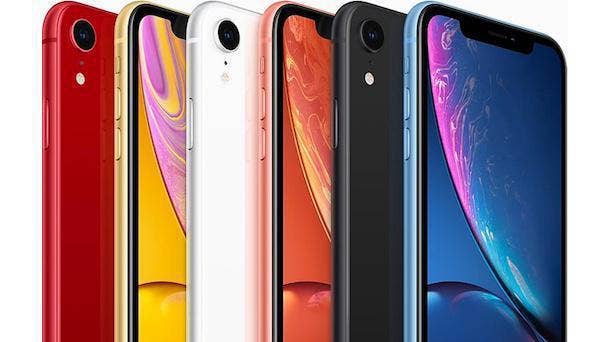
No. 6: Tariff & Antitrust Threats
Even as Apple has been dealing with issues in its iPhone business, the company has faced looming threats from potential government action. The U.S. government has been proposing a tariff of up to 25 percent on $300 billion worth of products from China as part of the ongoing trade war with the country—which would result in a major impact on Apple. In June, the company filed a letter with U.S. Trade Representative Robert Lighthizer that is highly critical of the tariffs plan, which would impact “all of Apple’s major products,” the company said. The letter notes that the tariffs would impact Apple product lines including iPhone, iPad, Mac and AirPods, as well as parts and batteries used for repairs within the U.S. The tariffs could raise prices and "would result in a reduction of Apple’s U.S. economic contribution," the letter states.
Meanwhile, antitrust investigations of Apple are also afoot. The House Antitrust Subcommittee has launched a bipartisan investigation of some of several tech giants, including Apple. And June report indicated that the U.S. Justice Department could lead an investigation into whether Apple has abused its position in the mobile device market to stymie competition.
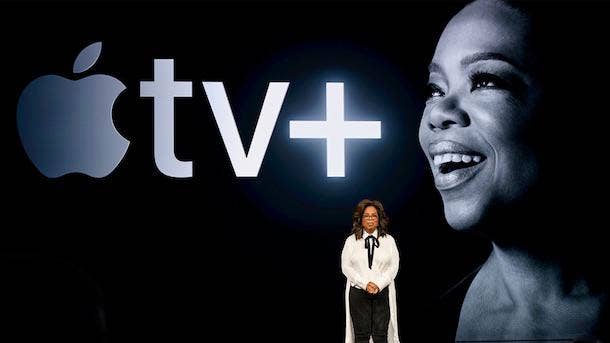
No. 5: Services Push
Apple's emphasis on services kicked into a higher gear during the first half of 2019. In March, the company held an event entirely devoted to its services business, which included the announcement of several brand-new services. Those included a paid news subscription service, Apple News+, which debuted in March, along with several services targeted for this fall: an original video content service, Apple TV+; the Apple Card, a credit card mainly meant for use with Apple Pay; and the Apple Arcade game subscription service. Apple signaled that it’s putting significant investment into the new services, particularly Apple TV+, which will feature TV shows and movies created by and starring a wide range of A-listers. Those include Oprah, Steven Spielberg, Jennifer Aniston, Reese Witherspoon and J.J. Abrams. Apple News+, meanwhile, costs $9.99 per month and provides users with access to more than 300 magazines—such as the New Yorker and Rolling Stone—along with newspapers including the Wall Street Journal.
Led by the App Store and Apple Music, Apple's services business climbed 16.2 percent to a record $11.45 billion in revenue during the company’s fiscal Q2. For a company that has traditionally been hardware-driven, the services revenue growth at Apple is "quite incredible," said Michael Oh, founder of Cambridge, Mass.-based TSP LLC. "I think it's a smart play for Apple to try to strengthen that ... There's huge opportunity for them to be less dependent on hardware."
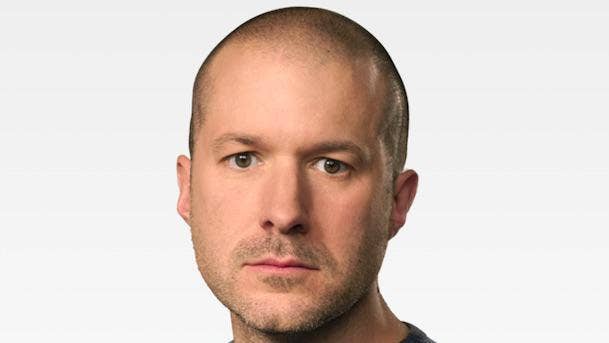
No. 4: Departure Of Jony Ive
In June, Apple saw the departure of a pivotal figure in its history, with chief design officer Jony Ive leaving to launch an independent design firm. Ive, who had led Apple's design team since 1996, is credited with playing a central role in designing Apple products including the iPhone, iPod and iMac. Ive has left to launch a design company called LoveFrom, which will have Apple as one of its main clients, Apple said. The departure “is a major changing of the guard within Cupertino,” wrote Daniel Ives, managing director for equity research at Wedbush Securities, in a note to investors. “Ive is leaving a hole in the company and is clearly irreplaceable as he has been one of the most important figures at Apple throughout the past few decades."
Going forward, Apple chief operations officer Jeff Williams will allocate more time to working with the company's design team, according to Apple. Vice president of industrial design Evans Hankey and vice president of human interface design Alan Dye will report to Williams.
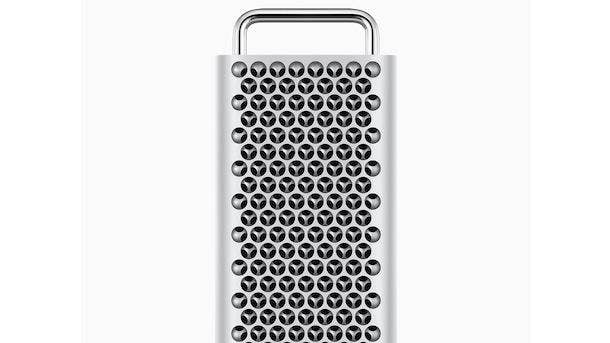
No. 3: Mac Refresh
While it didn't happen all in one announcement, Apple has refreshed nearly the entire Mac portfolio in 2019 through a series of launches. The most significant debut was a fully revamped version of the Mac Pro—with the powerhouse desktop getting a refresh for the first time since 2013. Apple CEO Tim Cook touted the new Mac Pro as the "most powerful Mac we have ever created," capable of massive performance through Intel Xeon processors that feature up to 28 cores. Also in the desktop realm, Apple released updated iMacs (both the 21.5-inch and 27-inch models), focused on improving performance since the last iMac refresh in 2017.
On notebooks, Apple rolled out new versions of the MacBook Pro with Touch Bar (both 13-inch and 15-inch models), with enhanced performance and tweaks to the ever-troubled keyboard. Apple also updated the entry-level 13-inch MacBook Pro with faster processors and, for the first time, inclusion of the Touch Bar. Finally, Apple released an updated MacBook Air with an improved display and a lower price tag. (Worth noting: Apple also phased out the 12-inch MacBook from the Mac lineup.)
The fast pace of Mac refreshes is another signal of Apple's interest in capturing more commercial business. Client demand is "pretty strong" for the new Mac models, said Jim Harryman, CEO of Kinetic Technology Group, a Mac-focused MSP based in Dallas. "I don't see that stopping at all."
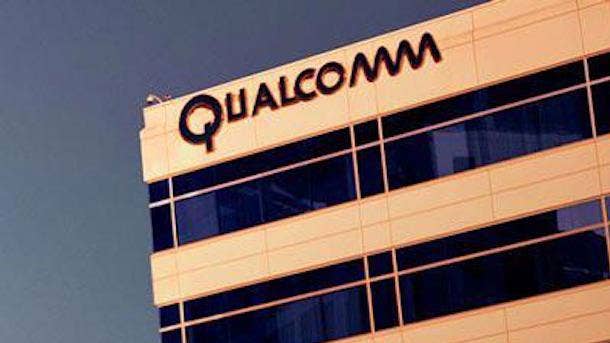
No. 2: Qualcomm Settlement
In April, Apple and chip maker Qualcomm reached a surprise settlement, ending the numerous lawsuits that had been part of a years-long dispute between the former business partners. With the settlement, which cost Apple as much as $4.7 billion, the two companies are partners once again. The deal allowed Apple and Qualcomm to enter a six-year patent license agreement as well as a multi-year chipset supply agreement. Apparently sensing the implications of the settlement, Intel almost immediately announced it would exit the 5G smartphone modem chip business. According to reports, Intel had been the only 5G modem supplier for the 2020 iPhones but had missed deadlines for delivering sample parts of its 5G modem.
Thus, the Qualcomm settlement would seem to shore up the launch of a 5G-supporting iPhone in 2020, with Qualcomm likely supplying the necessary 5G modems. A 5G iPhone is especially crucial to Apple as iPhone sales slip. With the Qualcomm settlement, Apple realized it has "bigger issues ahead with 5G and iPhone softness versus battling Qualcomm in court," Ives wrote in a note to investors. "This also removes uncertainty with Apple as the company now needs to move forward and focus on 5G front and center with Qualcomm in the rearview mirror."
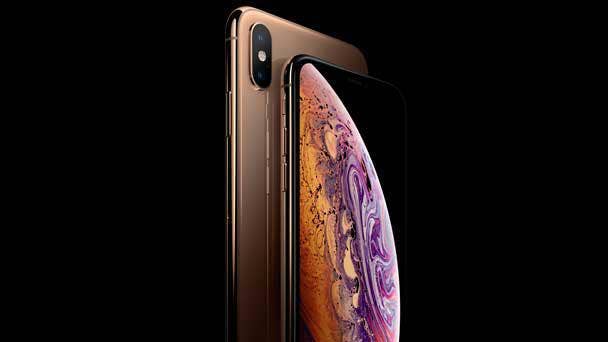
No. 1: iPhone Slowdown
On Jan. 2, Cook informed shareholders that Apple was slashing its quarterly revenue guidance, due to a dramatic shortfall in iPhone sales. Apple ultimately reported that iPhone revenue for its first fiscal quarter, ended Dec. 29, had plummeted 14.9 percent year-over-year, to $51.98 billion. Poor iPhone demand in China accounted for much of the drop, though a slow pace of iPhone upgrades in developed markets was also an issue, according to Cook. "Our customers are holding onto their older iPhones a bit longer than in the past," Cook said during a quarterly call with analysts. However, after being asked by an analyst about whether Apple now believes the iPhone lineup may be priced “too high,” Cook said no.
The iPhone business continued to sag during Apple's fiscal second quarter, ended March 30. Revenue for iPhone dropped to $31.05 billion during the quarter, down 17.3 percent from the same period a year earlier.
Along with prompting Apple to pay more attention to its non-iPhone businesses, the iPhone slowdown should be a "wake-up call" for Apple on product pricing, said Jerry Zigmont, owner of MacWorks, a New Haven, Conn.-based Apple consultancy. "I'm kind of glad they're feeling the pinch. I hope they correct course," Zigmont said. "Apple is just outpricing itself—not only in the iPhone market, but also in the MacBook Pro market."